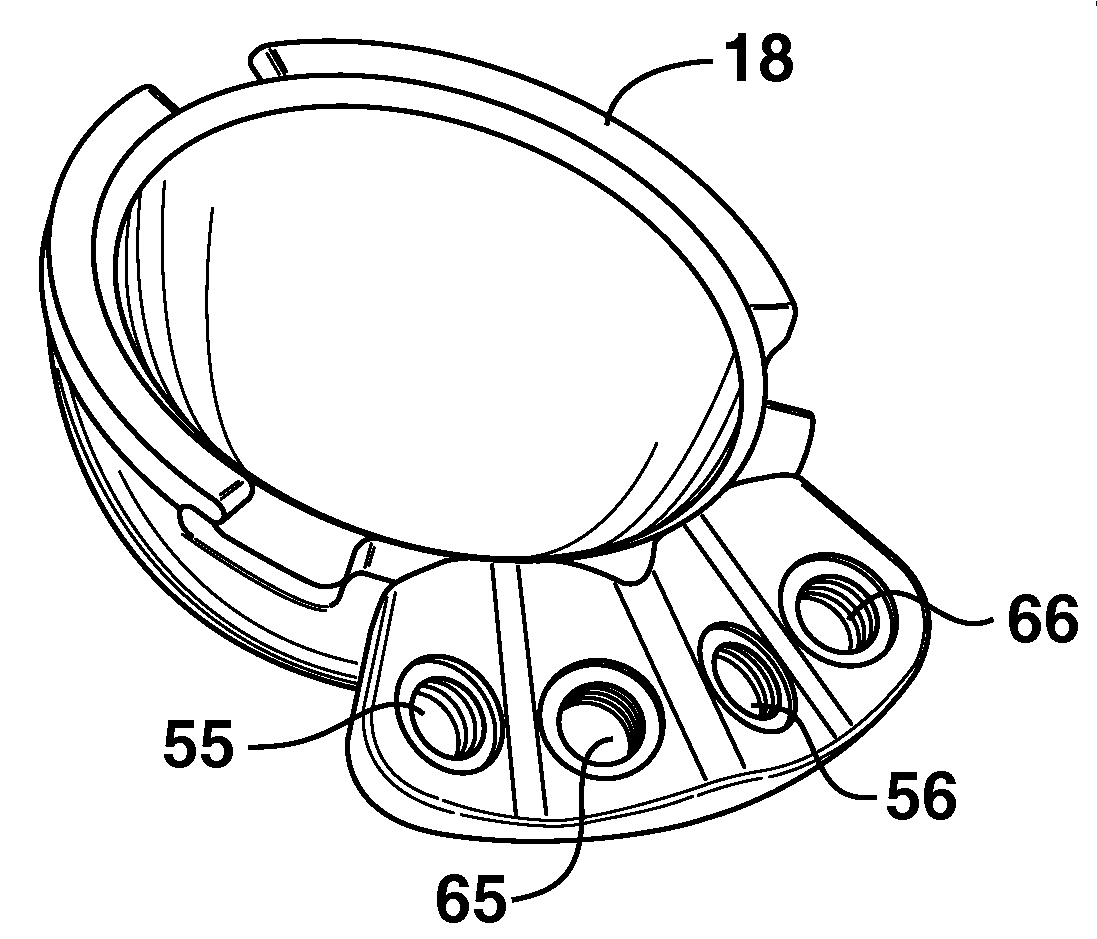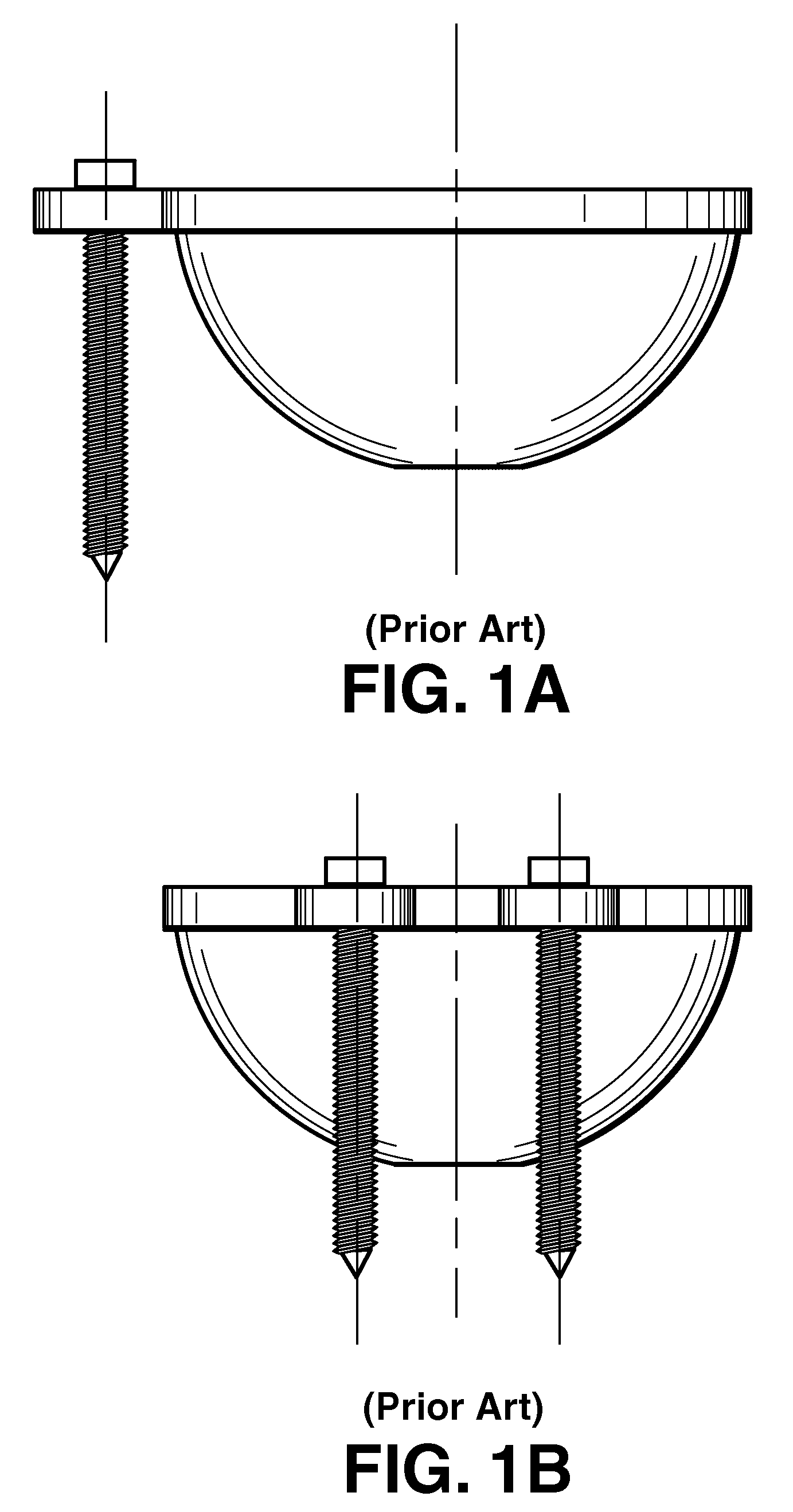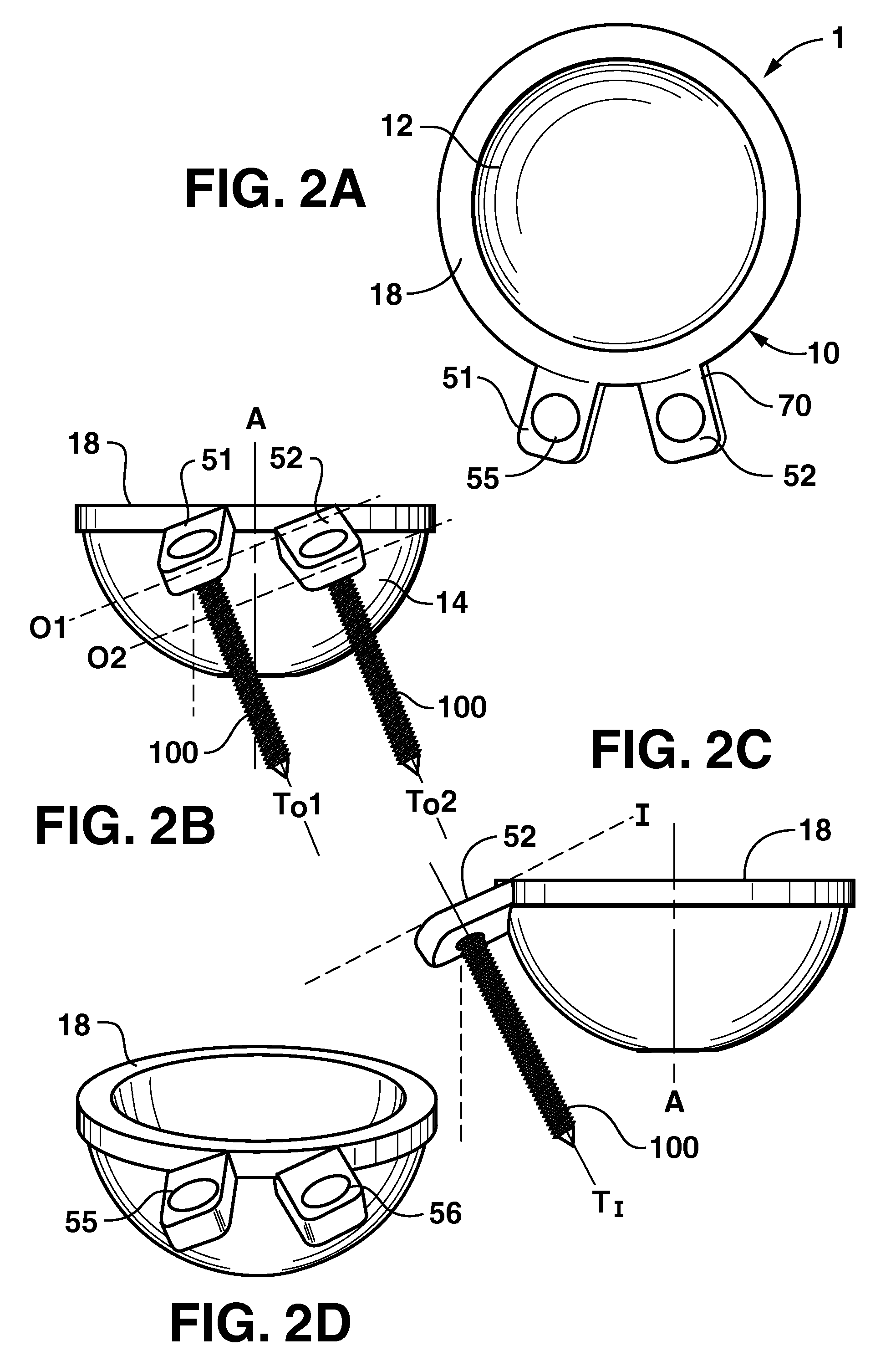Unitary Acetabular Cup Prosthesis with Extension for Deficient Acetabulum
a technology of acetabulum and acetabulum, which is applied in the field of orthopedic prosthesis implants, can solve the problems of removing viable and diseased bone, difficult stabilization, and similar problems, and achieves the effects of optimizing the use of available bone, improving stability, and customizing the fi
- Summary
- Abstract
- Description
- Claims
- Application Information
AI Technical Summary
Benefits of technology
Problems solved by technology
Method used
Image
Examples
Embodiment Construction
[0048]In the following detailed description of the preferred embodiments, reference is made to the accompanying drawings which form a part hereof, and in which are shown by way of illustration specific embodiments in which the invention may be practiced. It is to be understood that other embodiments may be utilized and structural changes may be made without departing from the scope of the present invention.
[0049]As shown in FIG. 2, the invention is a unitary acetabular cup prosthesis 1 for use in a deficient acetabulum of a hip of a patient. The prosthesis 1 includes a cup portion 10. As shown in FIG. 2B, the cup portion 10 has a generally dome-shaped wall 10 having an axis A and an upper rim 18. As indicated in FIG. 2A, an inner bearing surface 12 of the wall 10 is configured to pivotally engage a femoral head of a femoral hip prosthesis, in a manner known to those of skill in the art. As indicated in FIG. 2B, an outer surface 14 of the dome 10 is sized and configured to reside at ...
PUM
| Property | Measurement | Unit |
|---|---|---|
| angle | aaaaa | aaaaa |
| angle | aaaaa | aaaaa |
| size | aaaaa | aaaaa |
Abstract
Description
Claims
Application Information
 Login to View More
Login to View More - R&D
- Intellectual Property
- Life Sciences
- Materials
- Tech Scout
- Unparalleled Data Quality
- Higher Quality Content
- 60% Fewer Hallucinations
Browse by: Latest US Patents, China's latest patents, Technical Efficacy Thesaurus, Application Domain, Technology Topic, Popular Technical Reports.
© 2025 PatSnap. All rights reserved.Legal|Privacy policy|Modern Slavery Act Transparency Statement|Sitemap|About US| Contact US: help@patsnap.com



